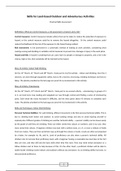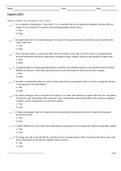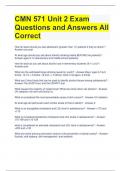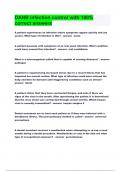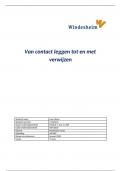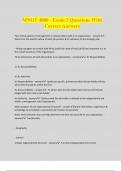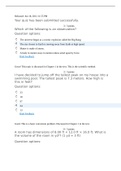Essay
Unit 10 Assignment 2 - Practical skills assessment
- Institution
- PEARSON (PEARSON)
D*D*D* achieved for this course, BTEC Level 3 Extended Diploma in Public Services. All assignments completed to maximum grade, and referenced where appropriate. Leave a review if you have any questions! Anna :)
[Show more]
